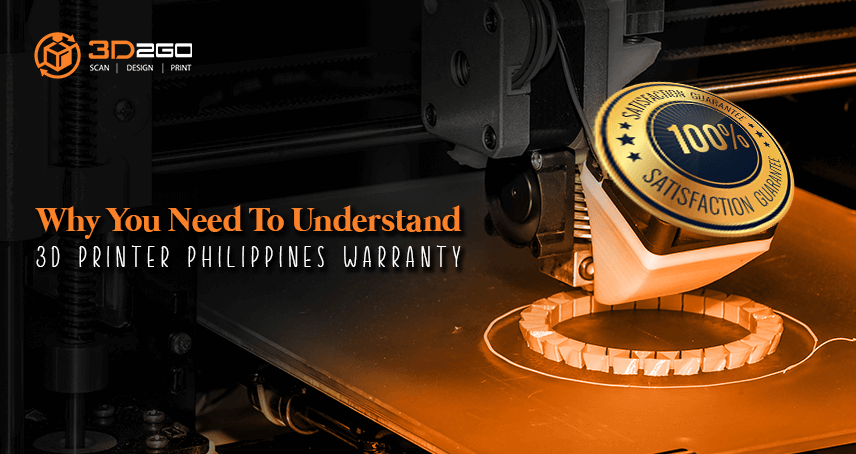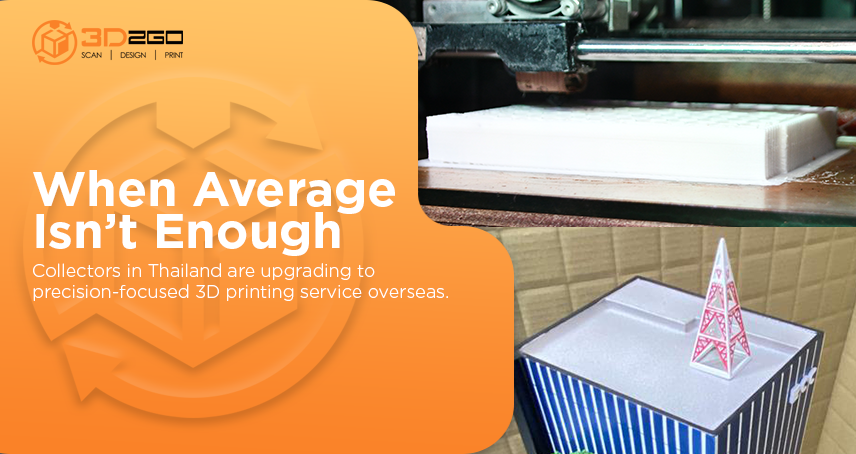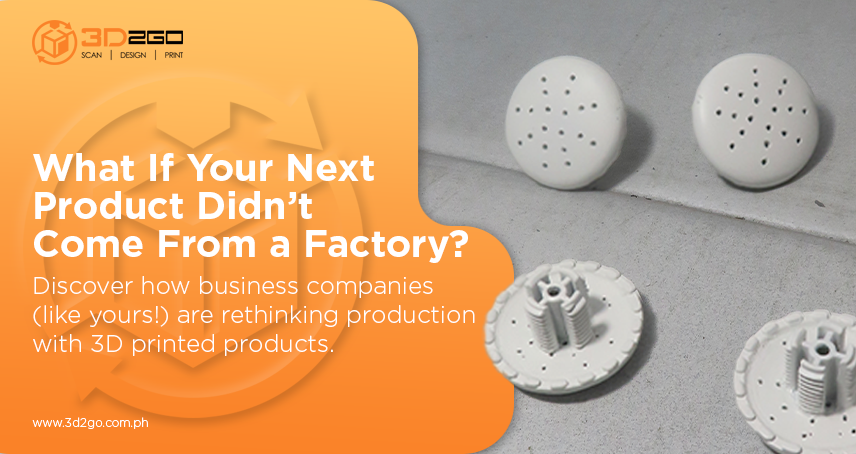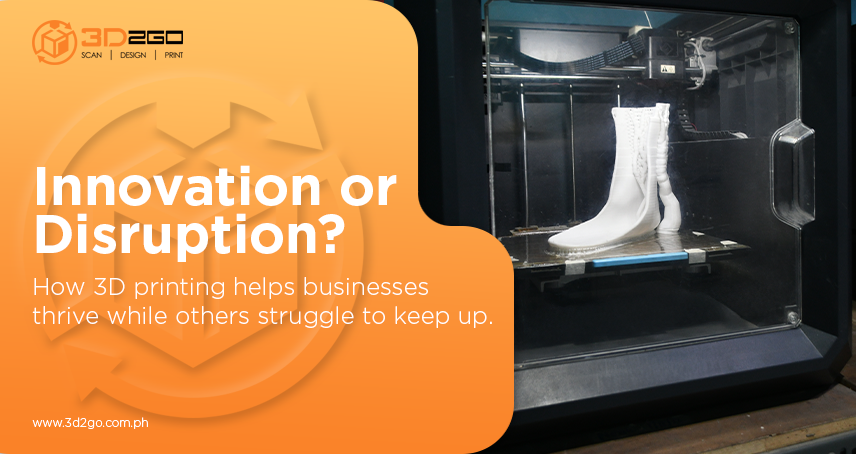
Why You Need To Understand 3D Printer Philippines Warranty
June 16, 2022
Applications of 3D Printing in Arts
June 17, 2022Additive manufacturing is by far a phenomenal success. As months passed since the development instigated, 3D printing technology has generated outstanding impact across industries. Manufacturing as well as automotive, medical, fashion and prototyping industries etc has benefited a great deal from the technology. Well for one, the medical industry at present is enjoying the advantages of 3D printing, realizing possibilities that we have known to be unachievable.
You may have heard about the 3D printed bionic ear or the Doctor who created new pelvis using a 3D printer for a cancer patient. These are among the remarkable accomplishments of 3D printing in the medical field so far. And we can expect a lot more given that bioprinting is the next big thing in the medical industry.
The process of manufacturing human tissues with the help of 3D printers popularly known as bioprinting, is extremely a challenging area of scientific innovation. On a global scale, it could save the economy billions supposedly and at the same time improve countries’ poor access to more health care and provision, from creating highly customized functional human organs to prosthetics of any kind.
According to the Telegraph, the rise and development of 3D printing and its capabilities will play an unquestionable part in our future lives from a technological perspective.
But how does the process work? UK-based company PrinterInks has teamed up with US startup Organovo, a company specialized in designing and printing functional human tissue for medical research and therapeutic applications, to create a visual guide to the subject. 3D printed human tissue is created by using modified printer cartridges and extracted cells, sourced from patient biopsies with respect to examining cancer cells, or stem cells. They’re grown using standard techniques and cultured in a growth medium in dishes, allowing them to multiply. Once enough cells have grown, they’re collected and formed into spheroids or other shapes and loaded into a cartridge to create BioInk.
Click the link to read the rest of the story: http://www.telegraph.co.uk/technology/news/10629531/The-next-step-3D-printing-the-human-body.html
The benefits of 3D printing are truly amazing. With the power of science, combined with great medical expertise, the medical industry will surely take any challenge along the way. It may give a vague impression between the line of man and machine, but there’s no denying that this technology could transform health care and medicine way beyond our expectations.





